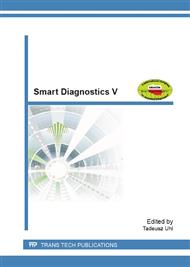p.1
p.12
p.22
p.33
p.43
p.54
p.64
p.74
Analysis of Possibility of Use Peltier Modules in Task of Energy Scavenging
Abstract:
Actually in motor industry, specialty in car market is tender to maximum utilization of energy included in fuel air mixture, which most of part of burning process is lost. In todays times Peltier module are generally available, which is mainly used in coolers for keeping of low temperature. They make use of Peltier phenomenon, relying on power module from electric net for manufactured low temperature on cold side that module. Module producers usually available voltages characteristics thats working modules.In realize research use that same modules but for recuperate electrical energy from temperature. Research target was in temperature equivalent on cold side and warm side check value of manufactured voltage from these modules. Utilized of Seebeck phenomenon depends on heat of warm side with simultaneously cool module cold side which manufacture electricity.In effect realize research findings series of results for which equivalent characteristics describing those module capacities. The first influence from realize research is fact that characteristics isnt identical with characteristics for that same modules manufactured low temperature.
Info:
Periodical:
Pages:
1-11
Citation:
Online since:
October 2013
Price:
Сopyright:
© 2014 Trans Tech Publications Ltd. All Rights Reserved
Share:
Citation:


